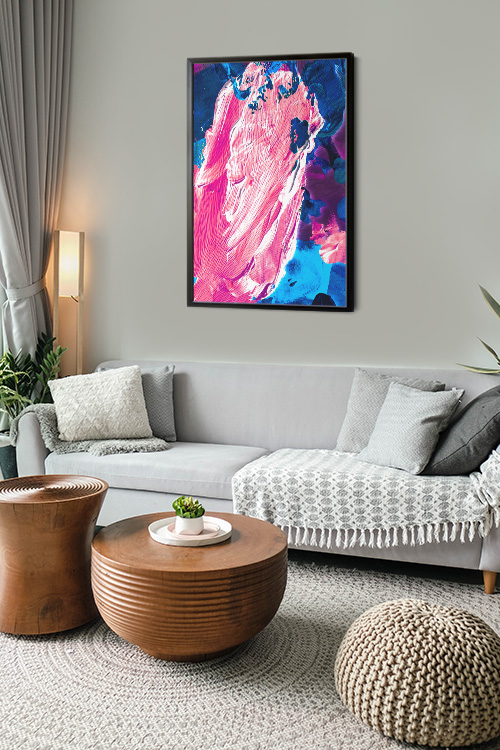Illuminating Design: Unleashing the Transformative Power of Lighting in Interiors

Lighting is not just about brightening a space. It’s a key player in shaping the mood, accentuating architectural features, and influencing the perception and experience of a room. Whether you’re crafting a cozy home, a lively restaurant, or a modern office, understanding the role of lighting is crucial for crafting a harmonious and functional space.
Setting the Mood and Atmosphere
Lighting plays a decisive role in setting the emotional tone of a space. For instance, warm, soft lighting from pendant lights or wall sconces can create a welcoming and intimate environment, perfect for living rooms, bedrooms, or restaurants. In contrast, bright, cool lighting from LED ceiling lights enhances focus and alertness, making it ideal for workspaces or kitchens. With thoughtful lighting design, it’s possible to evoke feelings of comfort, excitement, calm, or energy, depending on the room’s intended purpose.
Enhancing Aesthetic Appeal
Lighting is the unsung hero of your interior design. It brings out the best in your design choices, accentuating textures, highlighting focal points, and adding depth and dimension to a room. By layering different types of lighting, you can ensure that every part of the room is not only functional but also visually stunning. For instance, spotlighting a piece of artwork or using under-cabinet lighting in a kitchen can turn ordinary elements into standout features.
Creating a Sense of Space
Strategic lighting can significantly impact the perception of a room’s size and scale. Bright, well-lit spaces tend to appear more open and airy, while dim lighting can make a room feel cozy but potentially cramped. By using light to draw the eye upward or outward, such as with wall sconces to create an illusion of height, ceiling lights to make a room feel more spacious, or floor lamps to add warmth and coziness, designers can manipulate spatial perception to enhance comfort and usability.
Improving Functionality
A beautifully designed space must also be practical. Task lighting ensures that specific areas are well-lit for daily activities such as cooking, reading, or working. Without adequate lighting, even the most stunning interior design can fall short in terms of usability and functionality. Incorporating dimmers and innovative lighting options adds flexibility, enabling users to adjust the lighting to their needs and preferences throughout the day.
In a Nutshell
Lighting is not just a finishing touch. It’s a foundational element of interior design that impacts both function and feel. Thoughtful lighting choices elevate interiors, making them more livable, visually appealing, and emotionally resonant. Whether you’re revamping a single room or designing an entire space, never underestimate the transformative power of great lighting.




